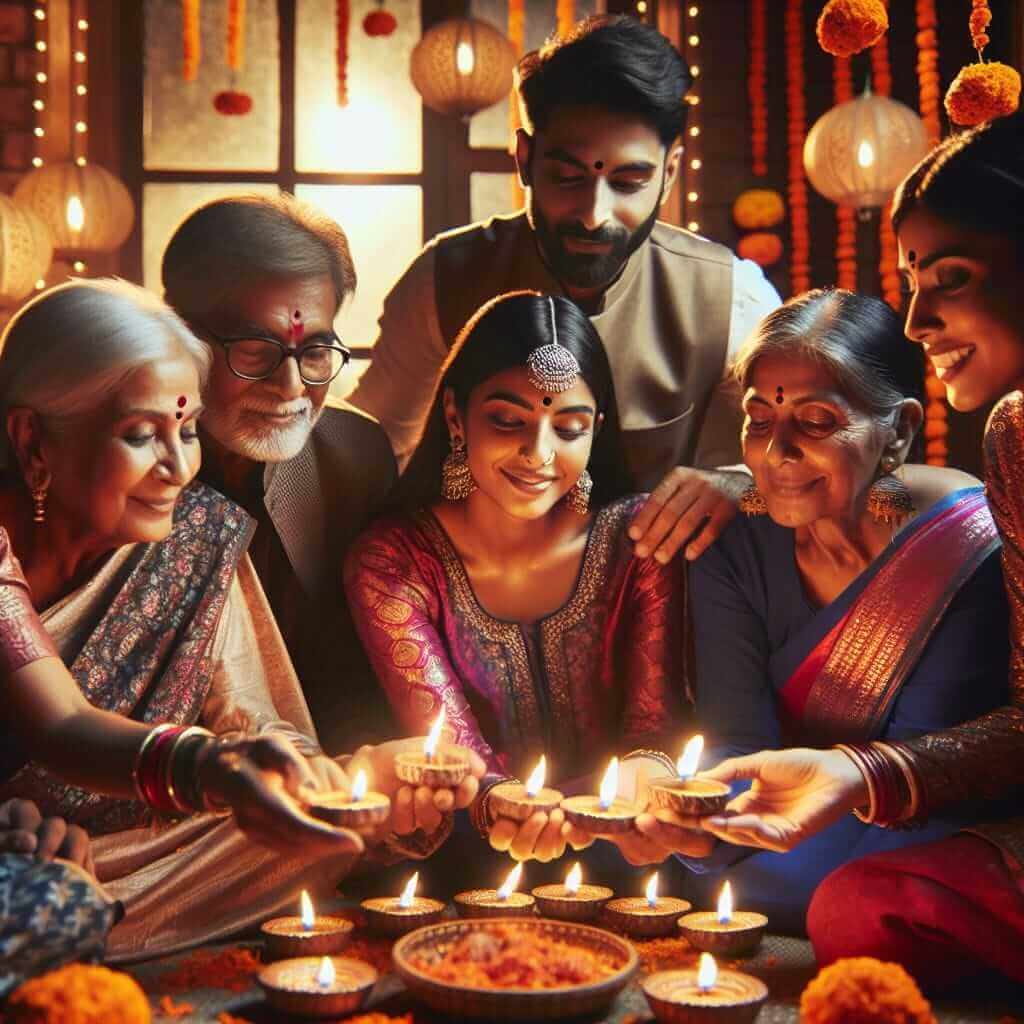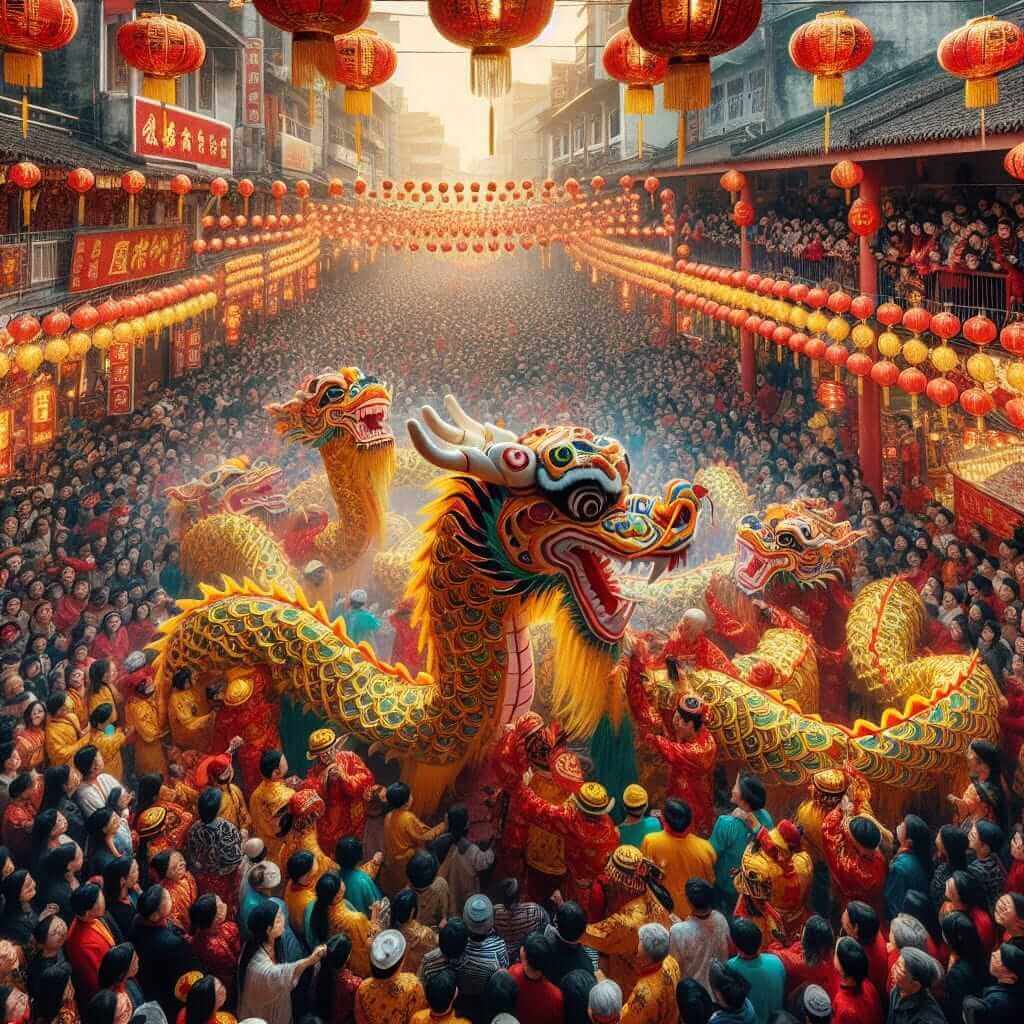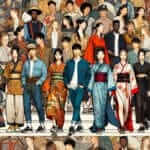The IELTS Reading section often includes passages that explore cultural festivals and their adaptations. One common topic that has appeared and is likely to appear in future IELTS Reading sections is the “Historical significance of Diwali in India, modern adaptations of traditional Chinese New Year celebrations.” Understanding these topics can help you develop the skills needed to perform well in your IELTS exam. This article provides a sample IELTS Reading passage for practice, complete with questions, answers, and detailed explanations.
Reading Passage
Historical Significance of Diwali in India and Modern Adaptations of Traditional Chinese New Year Celebrations
Diwali, also known as the Festival of Lights, is one of the most significant Hindu festivals celebrated with great enthusiasm across India. It symbolizes the triumph of good over evil, light over darkness, and knowledge over ignorance. The festival has both historical and mythological importance. Historically, Diwali marks the return of Lord Rama to Ayodhya after a 14-year exile, during which he defeated the demon king Ravana. This celebration also commemorates the harvest season and the blessings of prosperity and wealth.
The traditional celebration involves lighting oil lamps, bursting crackers, performing rituals, and sharing sweets among friends and family. However, contemporary adaptations have also taken place to suit modern lifestyles. Environmental concerns have led to a reduction in the use of fireworks, and there is now a greater emphasis on eco-friendly celebrations.
Similarly, Chinese New Year, which marks the beginning of the lunar new year, has a rich cultural heritage. Traditionally, it is celebrated with dragon and lion dances, lantern festivals, and family reunions. The origins of Chinese New Year date back more than 4,000 years and are deeply rooted in agricultural practices and Lunar calendar calculations. Red decorations and firecrackers are used to scare away evil spirits and usher in good fortune.
In modern times, global influences have reshaped how the Chinese New Year is celebrated. For instance, in cities like Beijing and Shanghai, people are more inclined to participate in international travel or adopt new festive customs inspired by global culture, while still preserving the essential elements such as family gatherings and traditional foods.
 Diwali Celebration in India
Diwali Celebration in India
 Chinese New Year Festival
Chinese New Year Festival
Sample IELTS Reading Questions
Questions 1-5: Multiple Choice
Choose the correct letter, A, B, C, or D.
-
What does Diwali commemorate?
- A. The return of Lord Krishna to Dwarka
- B. The victory of Lord Rama over Ravana
- C. The enlightenment of the Buddha
- D. The birth of Lord Ganesha
-
How have modern Diwali celebrations changed?
- A. Increased use of fireworks
- B. Reduction in traditional rituals
- C. Greater emphasis on eco-friendly celebrations
- D. Less emphasis on food sharing
-
What is the primary significance of the Chinese New Year?
- A. Celebrating the New Lunar Year
- B. Honoring the Dragon King
- C. Scaring off the monsoon spirits
- D. Celebrating the emperor’s birthday
-
How have global influences reshaped the Chinese New Year celebrations in urban areas?
- A. People participate less in family reunions
- B. Traditional customs are completely abandoned
- C. Incorporation of international travel
- D. Increased use of fireworks
-
Which traditional practice is still maintained in modern Chinese New Year celebrations?
- A. Exchanging gifts
- B. Public speeches by government officials
- C. Family gatherings and traditional foods
- D. Public parades and processions
Questions 6-10: True/False/Not Given
Do the following statements agree with the information given in the passage?
-
Diwali is celebrated only in India.
- True
- False
- Not Given
-
The Chinese New Year originally started 2,000 years ago.
- True
- False
- Not Given
-
Firecrackers are used during Diwali to ward off evil spirits.
- True
- False
- Not Given
-
Modern Chinese New Year celebrations include eco-friendly practices.
- True
- False
- Not Given
-
The oil lamps used in Diwali are made from recycled materials.
- True
- False
- Not Given
Answer Keys and Explanations
Multiple Choice Answers:
- B. The victory of Lord Rama over Ravana
- C. Greater emphasis on eco-friendly celebrations
- A. Celebrating the New Lunar Year
- C. Incorporation of international travel
- C. Family gatherings and traditional foods
Explanations:
- The passage clearly states that Diwali commemorates the return of Lord Rama after defeating Ravana.
- Modern Diwali celebrations emphasize eco-friendly practices.
- Chinese New Year marks the beginning of the lunar new year and is deeply rooted in agricultural practices.
- In urban areas, people are more inclined to participate in international travel while preserving essential traditions.
- Essential elements like family gatherings and traditional foods are still part of modern celebrations.
True/False/Not Given Answers:
- False
- False
- Not Given
- Not Given
- Not Given
Explanations:
- Diwali is celebrated with great enthusiasm across India but also in other countries.
- The Chinese New Year dates back more than 4,000 years, not 2,000.
- The passage does not specifically mention firecrackers used during Diwali to ward off evil spirits.
- The passage does not mention whether modern Chinese New Year celebrations include eco-friendly practices.
- The passage does not specify that the oil lamps used in Diwali are made from recycled materials.
Lessons Learned
One common mistake in these types of questions is the assumption that context clues can extend to other inferred practices. Always stick closely to the information explicitly provided in the passage.
Vocabulary
- Significance – importance; Noun; /ˌsɪɡ.nɪˈfɪk.əns/; the quality of being worthy of attention.
- Commemorate – honor the memory of; Verb; /kəˈmem.ə.reɪt/; to remember officially.
- Eco-friendly – environmentally friendly; Adjective; /ˈiː.kəʊˌfrend.li/; not harmful to the environment.
- Lunar – relating to the moon; Adjective; /ˈluː.nər/; of, or resembling the moon.
Grammar Points
- Present Perfect Tense – Used to show an action that started in the past and continues to the present.
- e.g., “Diwali has been celebrated for centuries.”
- Relative Clauses – Clauses starting with who, that, which, where, when. Used to define or give more information about something.
- e.g., “The Chinese New Year, which is celebrated by millions, marks the beginning of the lunar calendar.”
Final Advice
Practicing with passages focusing on cultural events can provide contextually rich reading material, which helps improve comprehension and vocabulary. Remember to closely follow the questions and stick to information presented in the text. For better results, regular practice and deep reading are key.
Happy learning and best of luck with your IELTS preparations!


